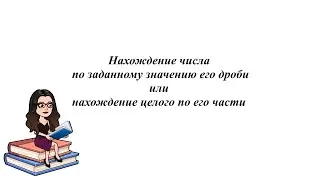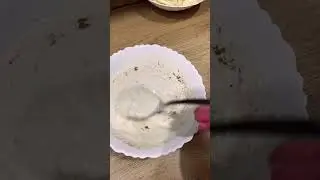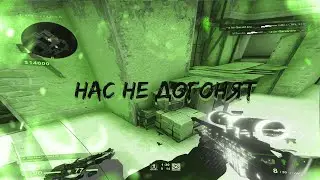This integral breaks Symbolab! Integrate sqrt(1+sin(x)) on zero to pi.
00:00 We are going to compute the trigonometric integral sqrt(1+sin(x)) on zero to pi, and this integral is way harder than it looks at first glance. There is no simple trig identity to simplify the interior of the square root, and the derivative of the interior function 1+sin(x) is not attached to the integrand, so an explicit u-substitution won't work either. Plugging into Symbolab, we discover that this integral breaks Symbolab, which only gives up and gives us a numerically computed result of 4. There are basically two options to symbolically integrate sqrt(1+sin(x)): we can perform an exotic combination of trig. identities to simplify the interior, but the other option is to use the conjugate.
00:55 Multiply by the conjugate in the numerator and denominator: we multiply the integrand by sqrt(1-sin(x))/sqrt(1-sin(x)). The whole point of multiplying by the conjugate is to build a difference of two squares, and this happens in the numerator, giving us sqrt(1-(sin(x))^2). Now we can use a Pythagorean identity to simplify the numerator to get sqrt(cos(x)^2), but this is where the problem gets really tricky, because the square root of the square of a thing is the absolute value!
02:27 Integrate |cos(x)|/sqrt(1-sin(x)): to integrate the absolute value of cosine over the square root part, we need to split the integration interval based on the sign of the cosine function. The cosine is positive on 0 to pi/2 and negative on pi/2 to pi, so the absolute value does nothing on 0 to pi/2 and multiplies by negative 1 on pi/2 to pi. We now have two integrals to solve.
03:21 Compute the antiderivative of cos(x)/sqrt(1-sin(x)): we recognize that our integrand basically has the derivative of the "interior function" 1-sin(x) built into it, because the derivative of 1-sin(x) is -cos(x). We adjust the first integral to get the derivative of the interior function, and we make quick work of both integrals using the chain rule backwards. We evaluate across the limits of integration and obtain the final answer for the definite integral: 4.
06:10 Note on improper integrals: if we are being really careful, we notice that the upper limit of the first integral and the lower limit of the second integral both result in a zero denominator in the integrand. To formalize our solution, we would have to replace these limits with a parameter, t, and take the limit as t approaches pi/2. These limits will be straightforward and result in the same numerical answer of 4.







